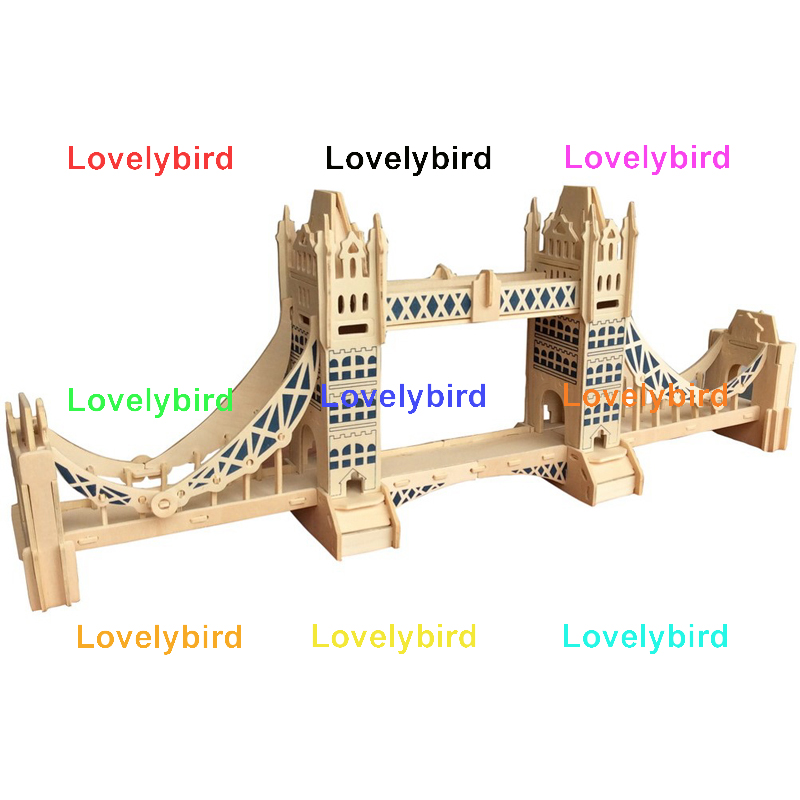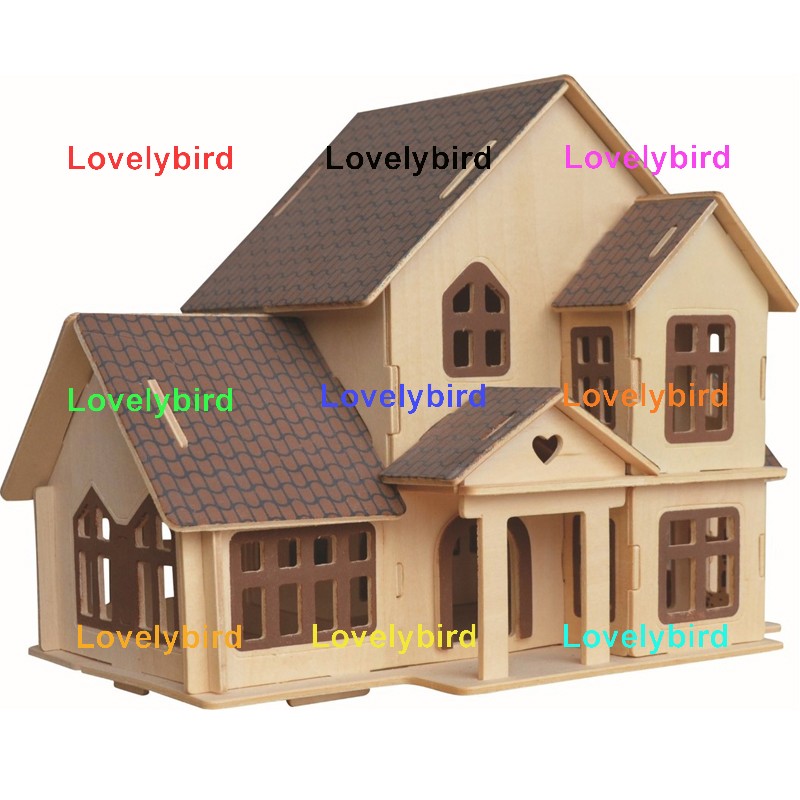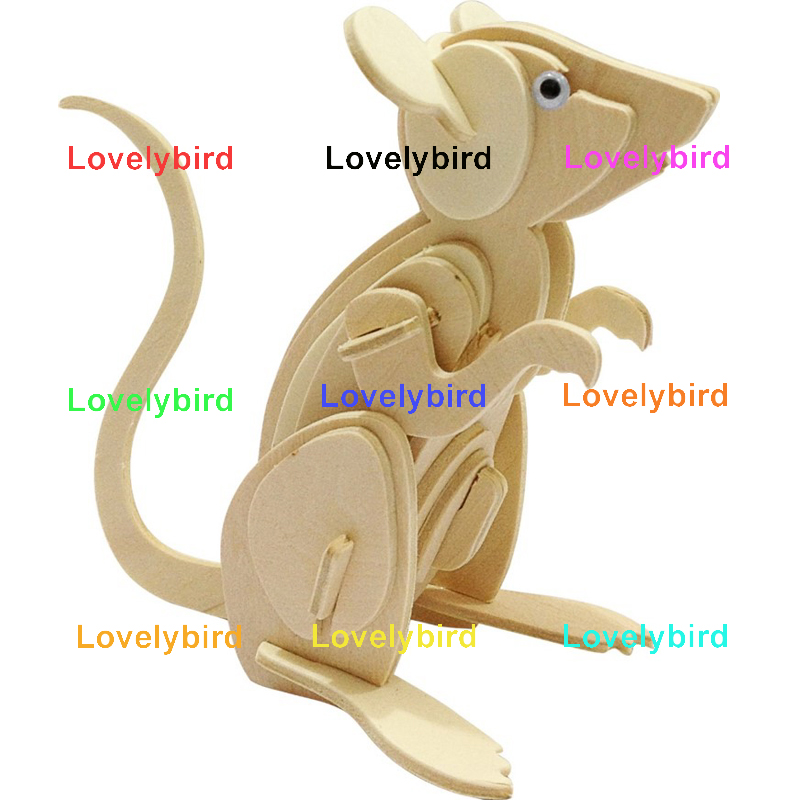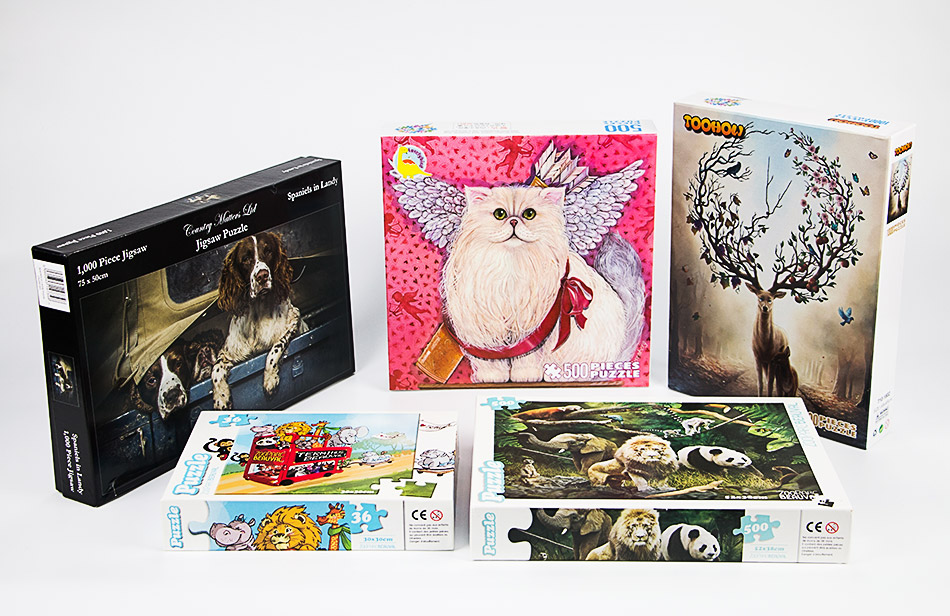Are you familiar with the jigsaw puzzle? If you make statistics for families with children, the frequency of jigsaw puzzles is the highest in educational toys. However, only a minority of people think that jigsaw puzzles are really helpful to children. Most parents buy jigsaw puzzles for their children because they say they are useful, so I will buy them for their children. As for what kind of jigsaw puzzle can help children? Is it related to me? Then the child took the jigsaw puzzle bought by mom and dad at the end to play with it, and...there was no more!
This makes many parents very frustrated. Others buy jigsaw puzzles. I also buy jigsaw puzzles. Why can children from other people's families make jigsaw puzzles for fun? Why can't my children? Are you stupid? Of course not, let's analyze it together.
Children are not interested in playing jigsaw puzzles for three reasons:
1. Children can't play for younger children, such as those around 2 years old, they may not know what a jigsaw puzzle is, they just hold the jigsaw puzzles in their hands as pieces of paper and throw them everywhere.
2. When buying puzzles, careful parents will find that the appropriate age is marked on the package. If the child’s cognitive range is exceeded, the child will not play well and his self-confidence will be hit, and he will naturally lose interest in playing puzzles; similarly, For children, being too simple and not challenging will also make them lose interest.
3. Choice of jigsaw puzzles theme: Jigsaw puzzles have many themes. If children like cars and don’t like landscapes, then choose a landscape puzzle, and the child will naturally not be interested. Therefore, when buying, choose the theme that the child likes and change different themes from time to time to keep it fresh Sense, will let children continue to explore and research the jigsaw puzzle games.
The journey of playing jigsaw puzzle games:
Stage 1: Built-in jigsaw puzzle. For children around 2 years old, you can choose built-in jigsaw puzzle games. Strictly speaking, they are not jigsaw puzzles. They are just a preliminary exercise of the child's graphic corresponding thinking and hand-eye-brain coordination. After the child is proficient in playing, we can also draw a contoured figure by ourselves, and let the child check-in.
Stage 2: Simple puzzles, such as cartoon jigsaw puzzles, small piece cat jigsaw puzzle, etc. For older children (about 3 years old), you can play simple paper puzzles with children, such as dividing a figure into four pieces, allowing the child to find the missing parts and gradually increase the difficulty.
Stage 3: Strategy puzzles, including 3d wooden puzzle, wooden house puzzle, 3d wooden car puzzle, 3d wooden animal puzzle, 3d truck puzzle, wooden puzzle furniture. At this stage, children are already proficient in jigsaw puzzles, and puzzle toys are becoming more and more difficult. We must focus on guiding children to think about what strategy to adopt to complete the puzzle faster and better. This can stimulate the development of the prefrontal lobe of the child's brain and help the child develop mathematical and logical thinking.
 3d building puzzle
3d building puzzle airplane 3d puzzle
airplane 3d puzzle wooden house puzzle
wooden house puzzle 3d wooden animal puzzle
3d wooden animal puzzleIntegration with knowledge:
Jigsaw puzzles are extremely helpful to exercise children's basic thinking skills such as observation, concentration, analysis, hand-eye coordination, etc. It is also very helpful to children's intellectual development and the development of logical thinking, especially for progress. When it comes to strategic jigsaw puzzles. For parents, if they can incorporate some mathematics knowledge into the jigsaw puzzle games and guide children to think, it will be more helpful to children, such as different shapes, numbers, classifications, sets, etc., as shown in the figure below, is the cognition of shapes. Jigsaw puzzle is a toy with different levels of difficulty. Children must choose the puzzle of difficulty suitable for their age.
Most jigsaw puzzles on the market are based on the number of puzzles to distinguish the difficulty, but this distinction is not scientific for younger children, except for the number of puzzles, the material, and the size of the jigsaw puzzles, the complexity of the pattern, and this stage. Children's awareness of different graphics is all factors that affect the difficulty of the jigsaw puzzle.
We recommend this [advanced educational puzzle], designed for children aged 2-6. It is divided into 6 themes according to the degree of difficulty: wooden car puzzles, 3d wooden puzzle house, helicopter 3d puzzle, 3d puzzle military, 3d wooden puzzle ship, 3d wooden animal puzzle, It not only divides the difficulty for all ages but also all the subjects that children are interested in, which increases the attraction to children. Not only is the workmanship excellent, but also the appearance is high, so it is perfect for children to make gifts.

The benefits of jigsaw puzzles:
Cultivating concentration from an early age is of great help to children’s future learning ability, and jigsaw puzzles are one of the toys that cultivate children’s concentration ability very well, and jigsaw puzzle games are not divided into men and women, and the more frequently children play, the higher the quality of play. Then their space, logic, imagination, and other abilities will be better.
Playing with jigsaw puzzles can exercise children's observation ability and improve children's learning ability. To gain more knowledge, observation is one of the most important ways. If children can be meticulous in learning, and can quickly integrate and understand different aspects of knowledge, it is because they have good observation abilities and have a good understanding of the whole and part. The understanding of the relationship is strong, so the strength of observation ability has a great influence on the learning ability and learning efficiency of children.
In the jigsaw puzzles process, to complete the graphics smoothly, you must carefully observe each piece of the puzzle. In this process, it can be very useful for children to recognize colors and graphics. It has a good exercise effect and also has an understanding of the whole and part in the jigsaw puzzles process, and the ability to add and subtract in mathematics will also be improved. When children play with jigsaw puzzles, they must use their brains at the same time. Therefore, when children are playing jigsaw puzzles, they will also exercise their hands-on skills, reading and writing skills, and problem-solving skills. Playing jigsaw puzzles can not only exercise listening, speaking, reading, and writing skills, but also allow children to exercise their problem-solving skills in the process of thinking about jigsaw puzzles. For children, this exercise is especially important. People who have been trained in this area since childhood After being an adult, they will be more able to withstand stress. When faced with difficulties in study or work, they are often able to find solutions more quickly.
Playing jigsaw puzzles can also exercise children’s hands-on ability. Hands-on ability is a very important ability for people, but not everyone has a strong hands-on ability, and the hands-on ability depends on whether they are strong or not. It's not proportional. If you want to have strong hands-on skills, you need to start training from a young age. Educational experts believe that, for children, interesting jigsaw puzzle games are the best exercise for children's hands-on ability, and for children's hands-on ability exercise, the best period is from 3 to 8 years old. To strengthen the children's hands-on ability for some time, then these children will have a stronger hands-on ability when they grow up.
The child has to put together pieces of pictures into a picture, which requires the child to observe each picture carefully. In the process of playing jigsaw puzzles, children have cultivated their ability to observe and analyze things. At the same time, they also learn to distinguish between colors and graphics by playing jigsaw puzzles, and can gradually understand the depth of colors, the straightness of lines, and the shapes of graphics. Because children need to sit still while playing jigsaw puzzles, the child’s patience and concentration are cultivated invisibly, so that they can sit still and do something.

